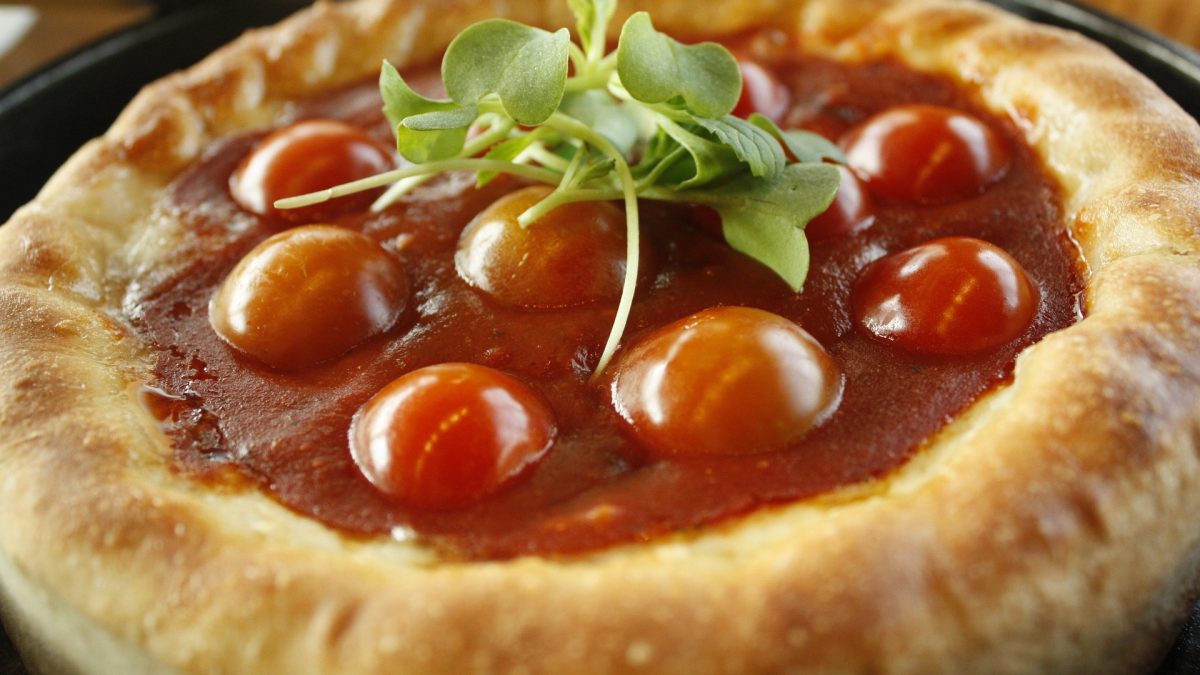Where to Enjoy Traditional Philly Foods

For years, Philadelphia has been lauded as a major foodie tourism destination. The City of Brotherly Love is a beautifully varied cultural mosaic, and this patchwork background has led to an inimitable diversity of restaurants, cafes, and other eateries. You can find countless lists of the “best places to eat” in Philly, along with the best BYOBs, the best pubs, the best farm-to-table vegan hotspots, the best steakhouses… you get the gist. There are a LOT of places to eat around here. You can have Italian (just like they make in the Old Country, thanks to generations of immigrants), shawarma, Ethiopian… but let’s take a moment to appreciate Philadelphia’s native grub. Yes, the City of Neighborhoods has a unifying cuisine, which is often overlooked, dismissed, and underappreciated in general. You encounter these dishes every day, but do you take a moment to savor the culture and history that set them in front of you? Let’s talk about some Philly-born foods and where you can enjoy them.
Tomato Pie
All the best big cities have their own style of pizza, from New York’s foldable triangles to the deep-dish wedges they eat in Chicago. Philly’s native pizza is something a little different: a pie that showcases the sauce and crust, with cheese as either an afterthought or a nonentity. Tomato pie is a big deal here in the city. Ideally, you want a nice, big square pizza with a thick layer of aromatic, homemade marinara sauce, either pureed smooth or studded with fresh chunks of garden-fresh tomato. The dough, which is painted with olive oil before baking, is thick and substantial like focaccia. It is sprinkled with herbs and perhaps just a fine dusting of Parm… or maybe even not! This Sicilian-style delight is then served at room temperature, to best enhance the flavor of the tomatoes. All the best tomato pie joints are Italian, family-owned establishments that include Marchiano’s Bakery, Sarcone’s Bakery, or Cacia’s Bakery – be sure to grab a house-made cannoli for dessert at the latter if you go!
Soft Pretzels
Tourists tend to dismiss Philly’s rich history of golden-crusted, salty Bavarian pretzels because they’ve had Auntie Anne’s at their local mall and can’t imagine a finer product. Think again, King of Prussia. America had no soft pretzels before Philadelphia, where they were introduced over 150 years ago. These pretzels gain their irresistible gleam and burnished glow from a quick dip in either food-grade lye or baking soda solution before baking and being enrobed with melted butter and kosher salt. Nearby Lititz, PA is home to Julius Sturgis Pretzel Bakery, the first commercial pretzel factory in America. But you can find authentic Philly pretzels much closer to home, especially if you know the itty-bitty joints that the locals keep to themselves. For example: Tasty Twisters, Center City Pretzel Company, or Miller’s Twist.
Scrapple
Often imitated, but never quite duplicated, scrapple is a Philadelphia culinary favorite that tends to leave non-locals scratching their heads. This dish, often served fried at greasy-spoon breakfast joints, is ethnically Pennsylvania Dutch, specific to the state’s Amish and Mennonite populations. Born from the belief that no part of the pig should be wasted, scrapple is an economical, blue-collar staple made of butcher’s trimmings, cornmeal, and specific spices like savory and thyme. The resulting product is a meaty mush that is shaped into a loaf and fried by the slice. You can buy scrapple loafs in the refrigerator case at the supermarket, but it’s best when it’s homemade and fresh. People tend to have completely polarizing reactions to scrapple: they either love it or detest it. For those who fall into the former camp, I can definitely recommend Dutch Eating Place in Reading Terminal Market for both scrapple and other “plain” traditional foods.
Water Ice
Yes, it’s pronounced “wooder ice” with the authentic Philly accent. (You like that jawn, right?) Contrary to popular belief, genuine Philadelphia water ice is not the same thing as Italian ice, other than both being great treats on a hot day. While Italian ice is frozen solid and eaten by the scoop, water ice is a lot closer in genus to a slushy or Slurpee, and is able to be enjoyed either with a spoon or a straw. Classic water ice contains three simple ingredients: water, sugar, and either fresh fruit or fruit juice, frozen to the perfect consistency. Because the consistency is what makes or breaks the ice, you want to look for a joint that makes their product in small batches continuously throughout the day. Locally, you can’t go wrong with Rose’s Water Ice and John’s Water Ice, both of which operate seasonally.



